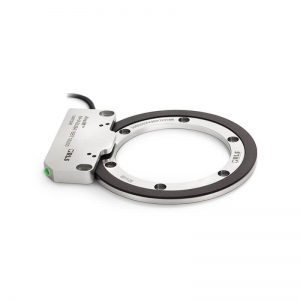Below is a picture of my first completed project. Thank you all for your support on questions over the last year like order of machining and how to drill a hole in the center, among many.
Now the question: slightly out of view is a stepper motor driving the worm gear. The drive is attached to a telescope with a magnification of 250x. The stepper is driving the the worm / gear at a rate that tracks the earth rotation. The major rate is accurate, however the error for each rotation of the worm, about 8 minutes, shows significant error. This error shows up in photographs as roughly a sine around the major rate.
My estimate is the total error is about 90 arc seconds, i.e. + / - 45 arc seconds around the major rate. The design objective is 10 arc seconds, or a factor of 10 improvement.
Does anyone have advice on how to measure the source of that error. My first thought would be to measure error in the worm rotation on a center axis. That is the distance of the teeth from the center, in all axis.
Thought notes:
First any error in the face of the worm gear on the cage would create an undesired movement along the axis of rotation.
Second any error in the gear bearing alignment with the axis would create a rotational error, either toward the main gear or in line with the main gear axis.
How can these errors be measured?
Now the question: slightly out of view is a stepper motor driving the worm gear. The drive is attached to a telescope with a magnification of 250x. The stepper is driving the the worm / gear at a rate that tracks the earth rotation. The major rate is accurate, however the error for each rotation of the worm, about 8 minutes, shows significant error. This error shows up in photographs as roughly a sine around the major rate.
My estimate is the total error is about 90 arc seconds, i.e. + / - 45 arc seconds around the major rate. The design objective is 10 arc seconds, or a factor of 10 improvement.
Does anyone have advice on how to measure the source of that error. My first thought would be to measure error in the worm rotation on a center axis. That is the distance of the teeth from the center, in all axis.
Thought notes:
First any error in the face of the worm gear on the cage would create an undesired movement along the axis of rotation.
Second any error in the gear bearing alignment with the axis would create a rotational error, either toward the main gear or in line with the main gear axis.
How can these errors be measured?


